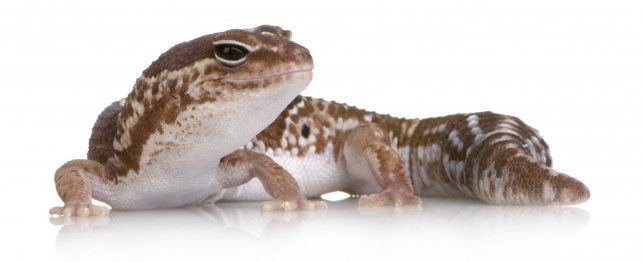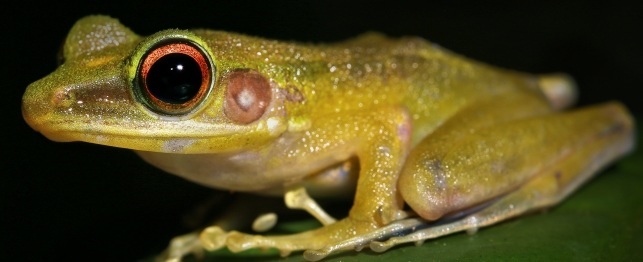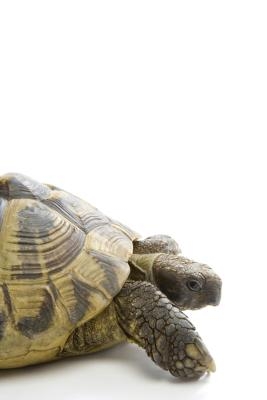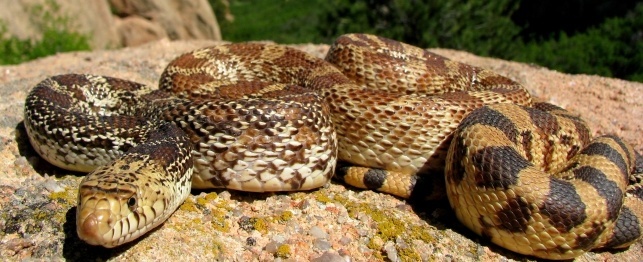
Western Kenya is one of the eight provinces in Kenya it borders Rift Valley and Nyanza Provinces.
Western Kenya boasts of Farm County with evergreen vegetation, beautiful rolling hills, and vast maize, sugarcane and tea plantations. The region borders Rift Valley and Nyanza, with Kaka mega town being the provincial headquarters, and is the home to the Abaluhya community. Abaluhya is a communal name derived from the word courtyard. When the clans gathered around the fires in the old days, any new comer would be asked to which courtyard (oluyia) they belonged. The Abaluhya community is known for the vibrant traditional dance known as the Isikuti, performed by groups of paired men and women to the accompaniment of bells and whistles, and is performed at almost all traditional celebrations.
The means of transport to Western Kenya is easily accessible by road from all parts of Kenya. Most bus companies have coaches that ply the route on a regular basis. There is also an airstrip located 4km from Kaka mega town. You can also fly to kisumu or Eldoret airport and then drive to any of the towns in the region. Bicycles, locally known as boda boda, motorbikes, and matatus are the common mode of transport within the area.
There are good hotels and guesthouses, including the Golf Hotel. In Kakamega National Park, one can stay at Rondo Retreat in the centre of the forest. The place was originally the colonial home of a forester whose wife wanted her house built next to the largest tree in the forest. There are also Udos Banda's and Campsite in the northern part of the Kakamega National Reserve.
The Abaluhya like chicken vey much, you will therefore find plenty of chicken tastefully made in a variety of ways, and served with Ugali (obusuma), the local staple food. Ugali is primarily made of corn flour, but other recipes include a mixture of cassava and finger millet, making a whole meal that is very filling. There is also fish and a variety of nutritious traditional vegetables. One favourite is charcoal roasted maize.
The legendary Weeping Stone of Maragoli, located just outside Kakamega town, is connected with many legends and myths. This is a huge rock from which a constant stream of water cascades, hence its name.
Kakamega Forest Reserve in Shinyalu Division of Kaka mega District is a world famous equatorial rains forest known for its diversity of bird and insect life. Its uniqueness makes conservation its top priority. A visit to the forest will give you feel of what the Amazon looks like. The forest is a natural wonder that has a large variety of indigenous trees as well as species of different animals and bird-life. This rain forest, which is the only one in Kenya, covers 240 square kilometers and has more than 380 different types of plants and 400 species of butterflies, many of which can only be found here. The indigenous Mysopsis Eminee, locally known as Mama Mutere, has a multitude of medicinal qualities that are believed to help cure ailments such as prostate cancer and stomach aches. The timber is very valuable and consequently, this tree has become an endangered species over the years.
Kakamega Forest has a primate reserve with different species of monkeys, and families of blue and Columbus monkeys can be seen leaping through the canopies. You will certainly spot the rare red tailed monkey, a diminutive monkey with a bright red tail. The massive fig trees in the forest provide the monkeys with both food and reserves of rainwater in the deep wells among their roots and trunks. At night the forest is a different world, filled with bats and ringing with the sounds of frogs, night birds and the booming call of giant forest squirrel.
Mt. Elgon National Park at the foot of Mt Elgon is about 470 km from Nairobi and has an area of 169km sq. It was established in October 1967 and gazette as a National Park in April 1968. Mt. Elgon is the second highest mountain in Kenya. One can get to the National Park via road from Kitale Town or by air from Eldoret Aiport. Entry into the Park is by any of the four gates, namely chrlim, kassawai, kiptogot, and kimothon. The forest is an untamed wilderness that was declared a Biosphere Reserve by UNESCO in 2003 in recognition of its importance as a water catchment area for the Nzoia River flowing into Lake Victoria, and for the Turkwel River flowing into Lake Turkana. Mt. Elgon forest has a wide variety of attractions that include caves formed from ancient lava tubes, cliffs and mountain peaks ideal for climbing, waterfalls, gorges, hot springs and calderas.
The caves, known collectively as Elkony, display ancient paintings. The most known cave is the Kitum cave, which is regularly visited by elephants, buffalo, bushbuck, and duiker in search of the mineral rich salt found there. Each night, elephant herds gather at the cave and begin a slow procession deep into the mountain, making their way through the paths made by generations before them.
The Cherengani Hills are located northeast of Eldoret and centred upon a forested escarpment and surrounded on three sides by sheer cliff faces. They are criss-crossed by walking paths and slopes that make for relaxing hill walking. The highlands and escarpment of the North Rift Valley provide some of the countrys most inspiring views across the beautiful Kerio Valley. The scenic vistas around the Elgeyo escarpment are truly stunning, especially from the ‘Worlds End' viewpoint at Nyaru. Waterfalls flow down the face of these escarpments an at Chebloch on the valley floor, water runs through a deep and narrow gorge with rock walls.
Saiwa Swamp National Park is one of the few parks that permit walking and is an ideal place for a days hike. This wild country is home to many species of antelopes, the best known being the very rare semi-amphibious antelope sitatunga.
Rimoi National Reserve, in the Kerio Valley, is an important area for elephant migration. The Western Highlands have become a major draw for sporting tourists.Thisis the home of many of Kenya's world famous runners. This is probably the finest place on earth for high altitude athletics training and many international athletes visit training camps around Iten and Kaptagat.
Kitale Museum, in Kitale town, was opened in December 1974 and was first inland museum in Kenya. Among its attractions are exhibits of the culture of the local people, including the Bukusu, Turkana, Elgon Maasai,and the Luo.It also has a very rich tropical forest that houses De Brazza monkey, reptiles, and a wide variety of bird species. Its nature trail is a must for visitors.
Kericho is the heart of Western Kenya's tea plantations. The lush green vegetation thrives with the daily afternoon rain showers. The hills around town are covered with acres of tea bushes as far as the eye can see. The country's best tea grown in the highlands east and west of the Rift Valley.
Festivals and Events
Circumsion Ceremonies in Luhya communities take place in the months of August and December. Traditional circumcisers move from one village to another with their tools, accompanied by people singing circumcision songs and dances. Very early in the morning, initiates are taken to the river and covered with mud before they face the cut. Once a boy successfully and bravely faces the circumcisers knife, he is declared a man and songs of praise rent the air.
Bull Fighting event of Kakamega are the ultimate entertainment in this area. The occasions take place in a town known as Sigalagala. Interesting enough, Sigalagala is a Luhya word that means ululations, and the area is not one to be without loud ululations at these events. Trained bulls are encouraged to engage in very exiting combats, accompanied by loud ululations from the enthusiastic crowds. Bull fighting is actually a battle between two opposing villages. Crowds from opposing villages, dressed in traditional attire, lead their respective bulls to the battle ground with traditional beer, then urge and provoke the bulls to lock horns and fight. As the animals do battle, the crowds scream their heads off in excitement. The battle can last anything from 5 to 30 minutes and sometimes even longer, depending on the strength of the opposing animals. The winning bull is showered with affection and is very highly respected in the community because it enhances the image of the village. Bull fighting is an age old tradition and is usually followed by long celebrations at which eating, drinking and dancing goes on for long hours, often into the late night.
 Choosing a Fat-Tailed Gecko
Choosing a Fat-Tailed Gecko
Choosing a Fat-Tailed Gecko
Choosing a Fat-Tailed Gecko
 Choosing a White-Lipped Treefrog
Choosing a White-Lipped Treefrog
Choosing a White-Lipped Treefrog
Choosing a White-Lipped Treefrog
 How to Convert a Dresser to a Vivarium
How to Convert a Dresser to a Vivarium
How to Convert a Dresser to a Vivarium
How to Convert a Dresser to a Vivarium
 How to Build a Tortoise Enclosure
How to Build a Tortoise Enclosure
How
How to Build a Tortoise Enclosure
How to Build a Tortoise Enclosure
How
 Choosing a Bull Snake
Choosing a Bull Snake
Choosing a Bull Snake
Choosing a Bull Snake
Copyright © 2005-2016 Pet Information All Rights Reserved
Contact us: www162date@outlook.com